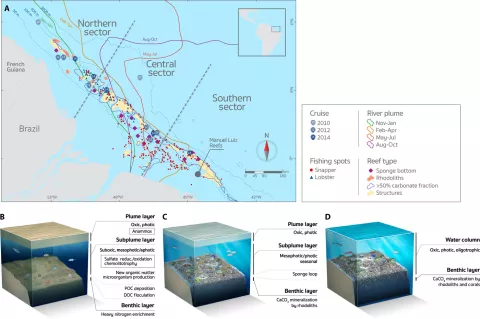Crew Named For 'Project Poseidon'
Today SAT time is limited in many countries. In Norway the maximum bottom time is 14 days and the diver needs to be offshore no more than 21 days. Meanwhile in the British North Sea the time in SAT (including decompression) is limited to 28 days. However there is no limit on statutory offshore time, hence the diver can remain offshore for a number of days before being transported back to the mainland.
- Read more about Crew Named For 'Project Poseidon'
- Log in to post comments





